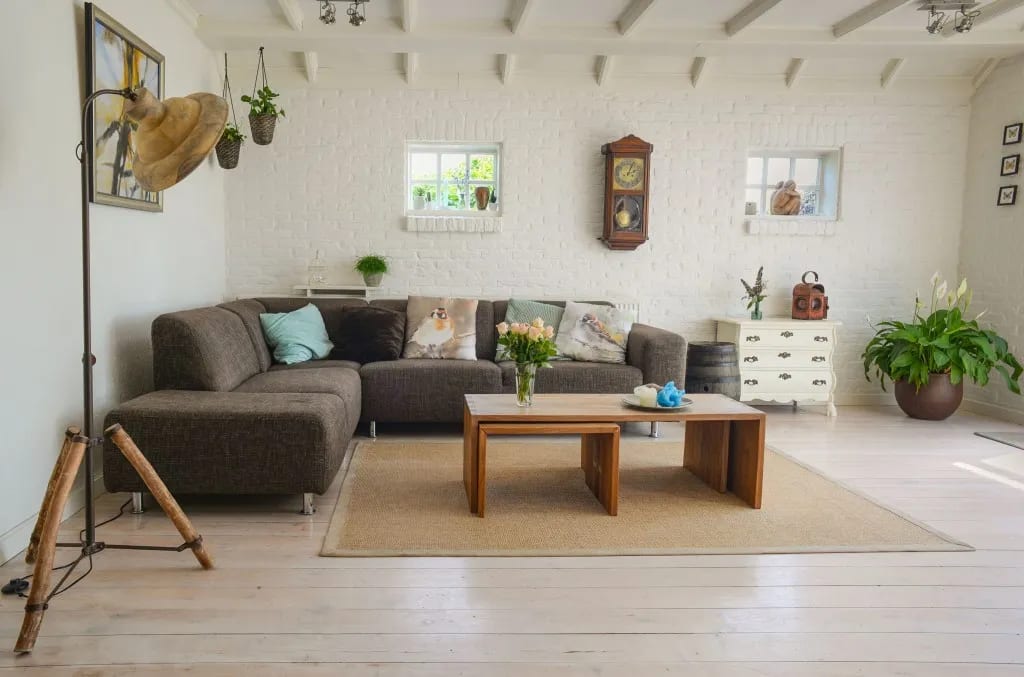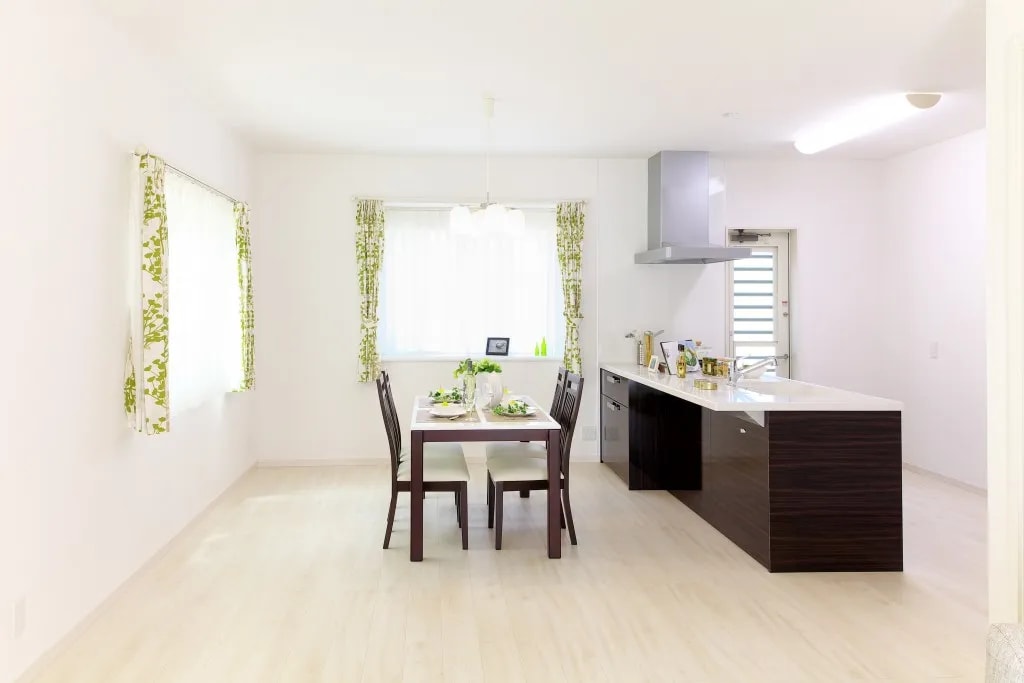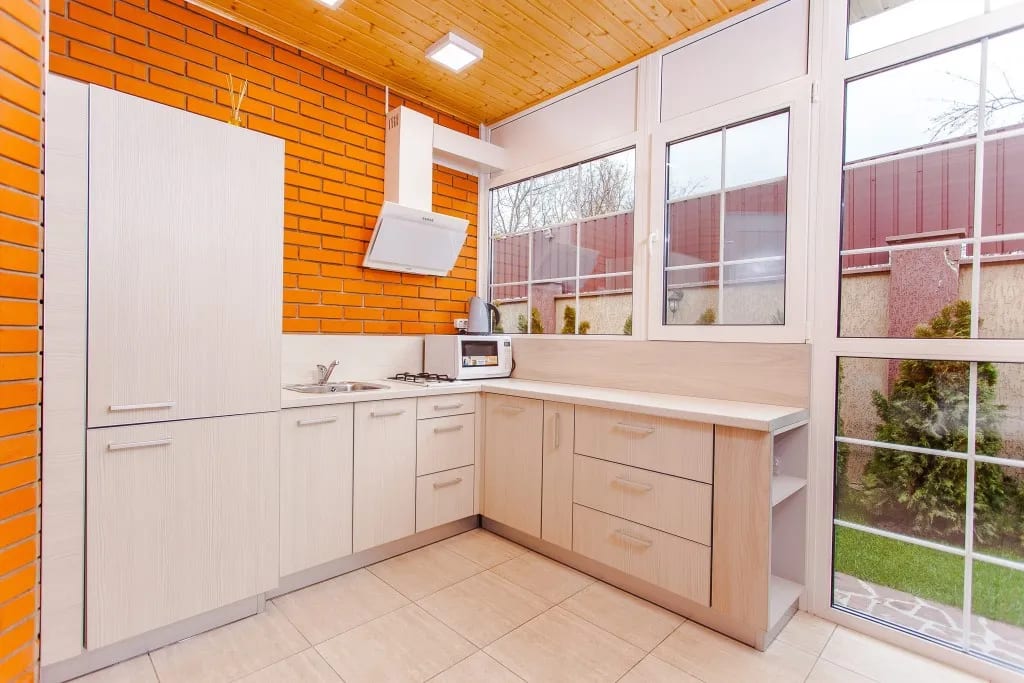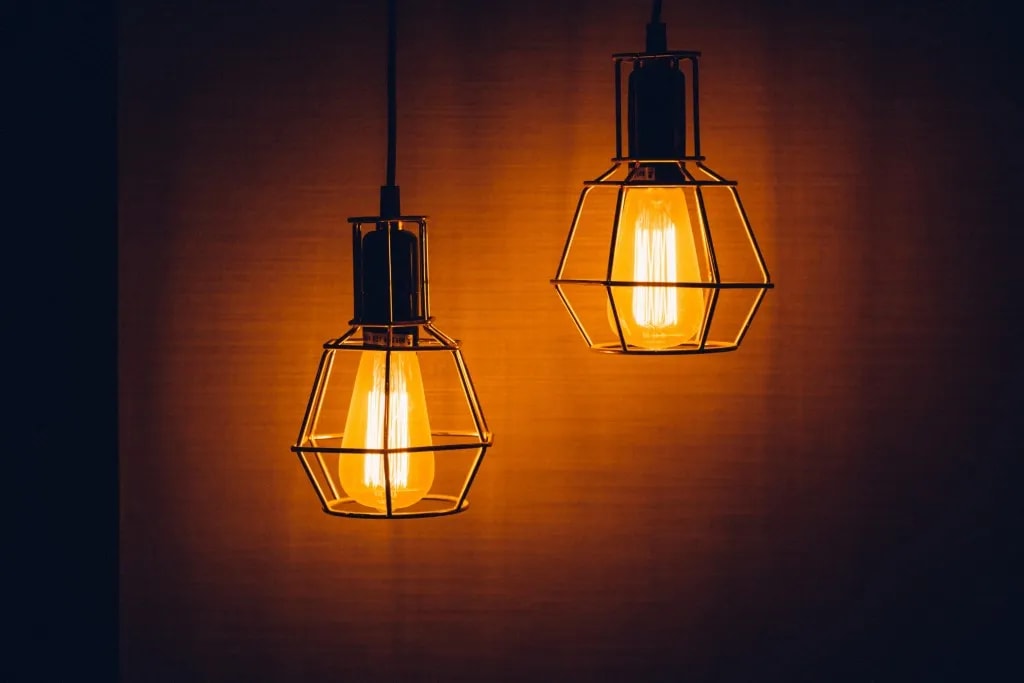The most important factor in Interior Designing is the space. Space immensely influences our mood, behaviour, physical activity and overall human psychology. Every element chosen for interior or exterior area is driven by the psychology of space.
When we refer to space, it’s mostly the aesthetic appeal that concerns most of us, rather than the functionality. Functionality is one factor that is often overlooked but greatly impacts the inhabitants. However, in a practical subject such as interior designing, space psychology plays a major role in defining the look and feel of a place. The psychology of space is a subject in itself. Understanding the importance and usage of space from an interior design course helps students to connect with the environment and its residents.
Read on to know more about space psychology in interior design.

Perception of Space through Home Décor
“It’s not what you look at that matters, it’s what you see.” This statement by Henry David Thoreau actually explains that we need to look beyond the sheer expanse of space. The perception of space is crucially determined by interior designers, as it determines where and what kind of objects are placed in an area that gives it an appealing look, this approach is collectively known as “visual tricks”. Right from the furniture, you choose to the wall colour, every detail matters in bringing some effect to a space. And hence, space is perceived as the whole of free space, objects and their placement.
Students at an interior design institute have a better understanding of the logic and usage of space.

Use of Feng Shui
Sometimes adopting the best practices from another culture can bring in lots of positivity. Feng Shui is an ancient Chinese art that is all about suggesting the optimal setting for an interior. If rightly followed, it can bring success, good luck and positive energy.
Certain rules in Feng Shui such as maintaining a clear passage, keeping an uncluttered home and placing of certain objects can completely change the look and feel of a place. This psychology when applied to a home made is more inviting and vibrant.

Principles of Interior Designing
The psychology of space is also greatly driven by principles of design such as balance, proportion, symmetry and rhythm. When these principles are followed correctly, it improves the emotional quality of life by bringing harmony to space.
Of late, interior designers are keener about applying their knowledge in the psychology of space to almost every project.
One can achieve a calm and peaceful ambience by implementing best practices in all the elements of design. Make sure that the furniture you choose suits the size of the room and that other elements also complement it.

Choosing the Right Colour Palette for Interior Designing
The psychology of space is also affected by colours. The logic is simple. Warm colours create a close and compact environment. Bright colours boost the mood. Here are a few colours and their emotional effects on human minds.
Yellow, Orange, Green – They encourage communication and socializing.
Purple, Deep Blue, Red and Dark Green – They reflect a gloomy mood but if applied in a minimal amount, can evoke a feeling of comfort.
Blue and Green – They evoke calmness.
Therefore, a room may feel big, small, gloomy, vibrant, etc. depending on the colour palette chosen. So be very mindful of what kind of colours you choose because they certainly have a psychological effect in a given space.

Impact of light on Interior/Exterior Designing
Light is another element that affects the psychology of space. A dim light may give the appearance of a sad and gloomy room while bright light brings in high energy and makes the room look spacious. It is for this very reason that in interior designing, designers pay keen attention to natural light in the plan.
When it comes to lighting, every place has its own lighting specifications. The lighting of a restaurant would differ from that of an office or home. It all depends on what kind of vibe you want to create.
Apart from the above, there are many other elements such as texture and shape that influence the emotional and psychological aspects of a space.
By implementing the best suggestions from this article, you can easily bring about the desired cohesiveness in any given space.

